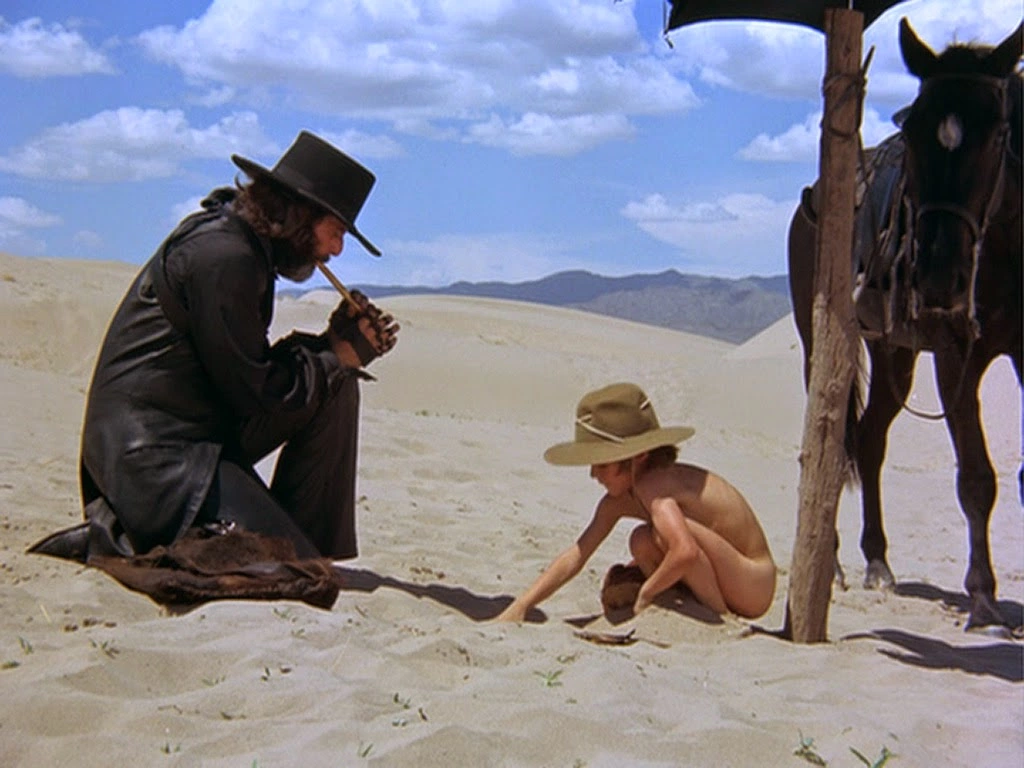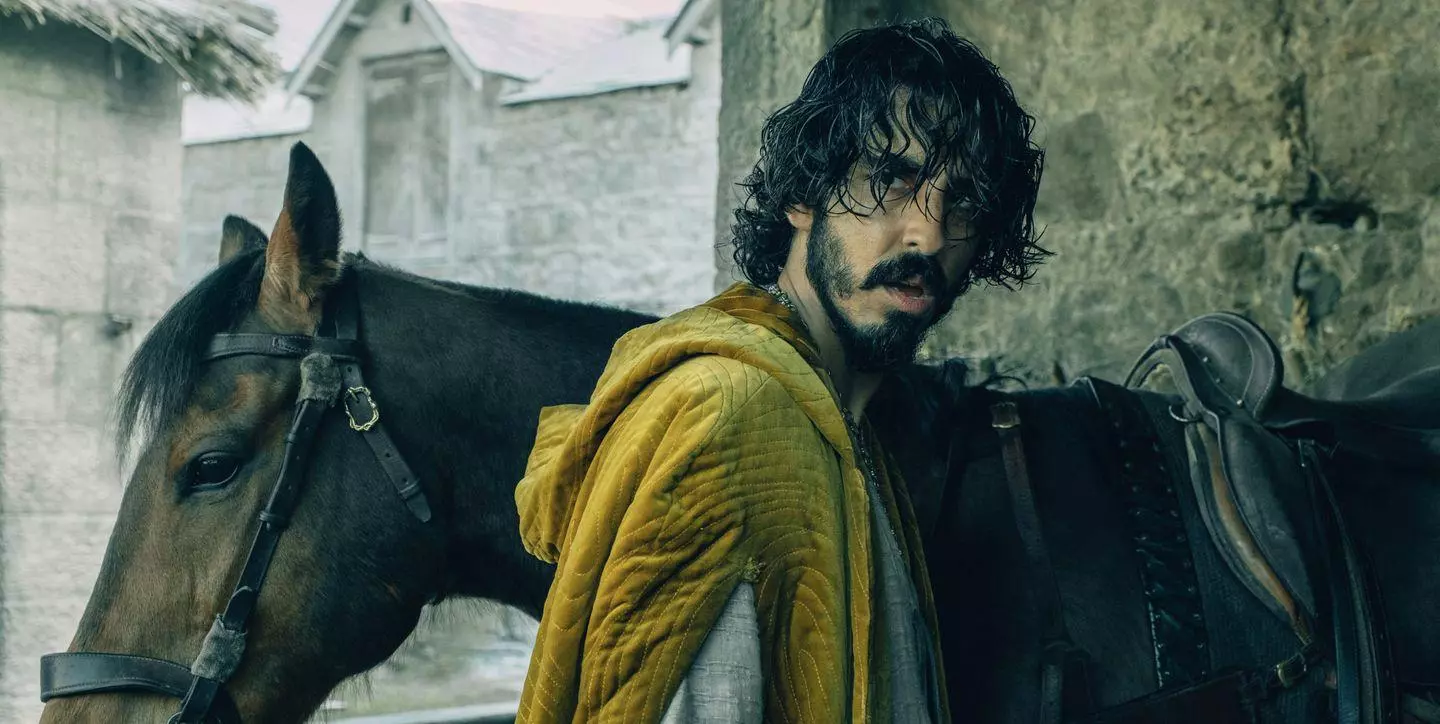The Green Knight
- 3 minutes read - 577 words
- Format:
- Film
- Date Seen:
- 2021-08-02T13:59:19Z
- Venue:
- AMC UWS
- Stars:
- ★★
A recurrent theme in sci-fi that I’ve come to be fascinated by is the idea of “the utterance that is sensed but leaves no cognitive impression.” The receiver recognizes that some sort of signal (not pure noise) is being sent into their sensing apparatus (eyes, ears, touch) but no mental image is created, nothing can be understood.
For more examples of the trope
- Neil Stephenson’s Snow Crash where hearers of some ancient Babylonian spells (“nam-shubs”) simply experience them as gibberish.
- The beloved Star Trek: TNG episode “Darmok” where the sounds and intentions are translated from the alien species to Enterprise English, but what’s translated doesn’t communicate anything but references to a localized history
I bring up this trope to say that ancient myths, even those a mere 900 years old like Sir Gawain and the Green Knight, can leave the modern reader as if they didn’t really encounter anything at all. The moderns’ conceptions of the functions of narrative and storytelling are that different to the ancients'.
That said, the beautifully-shot and well-acted film presented this tale where nothing happens faithfully; that is, by twenty minutes in I was bored and ready to leave.
Misaligned Perceptions
While I hadn’t been exposed to much advertising of the film, I do think the little bits of it I got in banner ads suggested to me a LOTR-style chivalric tale. It’s not. If it’s like anything it’s like the Nameless Man’s wanderings across the Civil War’s murk in The Good, The Bad, and The Ugly. Or perhaps it’s closer to a self-reflective meditation (the pace is similar) to Tartovsky’s Solaris: inexplicable things happen slowly, in silence, in beautiful sets, but we’re really watching a man come to know himself without much action. Or perhaps it’s closer to Terrence Malick’s Tree of Life where a different style of storytelling moves more slowly and more intimately around a character undergoing a nervous breakdown while considering life and brotherhood in its grandest expanse from a riverbed full of dinosaurs to a conference room in Forth Worth, Texas.
Actually, come to think of it, it’s pretty much Jodorowsky’s El Topo with a future sadhu-gunslinger unwound back to Anglo-Saxon myth (see films-on-mescaline fandom demographic comments).

And you, my son, will use heavy-handed visual metaphor to convey that you are no longer a child, but a man
Plot

This could have been a Manet
To talk very much of the plot would be to miss the point. Gawain, in effort to prove himself, goes on a long walk through splendidly photographed countryside. He is tested as a man, fails as a man, and yet aspires to be a good man, that is, a knight. Given a chance to be a coward he takes it (not knightly), and given a chance to be a knight he also takes it. The end.
Acting
For his part, Dev Patel carries the movie well. Charismatic and handsome, Patel bring a believable everyman-ness to the Round Table.
Direction
Bold lighting choices, bold camera choices, technically taut. It’s clear that director David Lowery had and executed a vision. I suspect this movie will move to be revered by cinephiles and mescaline fans (and movies on mescaline) fans in years to come.
Also, I really admired the colorblind casting. Patel was a great call here and reminding the audience that the myths of various cultures are easily ported to other contexts or played by any color seems fit.
…I just wish something happened.